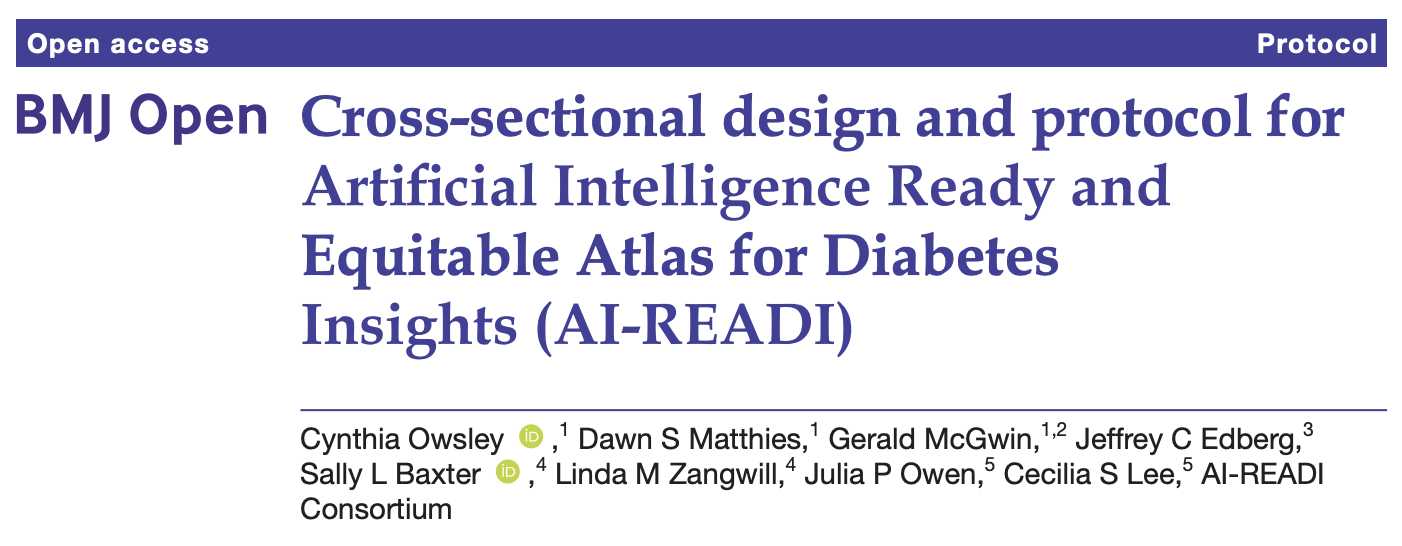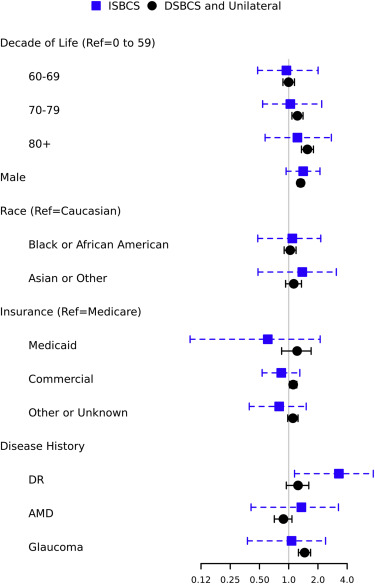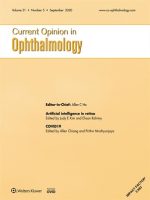AI-READI is part of the Bridge to Artificial Intelligence (Bridge2AI) program, a new initiative by the National Institutes of Health to expand the use of artificial intelligence in biomedical and behavioral research
The National Institutes of Health (NIH) Common Fund has launched the Bridge2AI program to accelerate the widespread use of artificial intelligence (AI) by the biomedical and behavioral research communities. The Bridge2AI program will be assembling team members from diverse disciplines and backgrounds to generate tools, resources, and richly detailed data that are responsive to AI approaches. Through extensive collaboration across projects, Bridge2AI researchers will create guidance and standards for the development of ethically sourced, state-of-the-art, AI-ready data sets that have the potential to help solve some of the most pressing challenges in human health.
NIH has issued four awards for data generation projects to generate new biomedical and behavioral data sets ready to be used for developing AI technologies, and three awards to create a Bridge Center to integrate activities and knowledge across data generation projects while disseminating products, best-practices, and training materials.
Cecilia and Aaron Lee will be the co-principal investigators of one of the the data generation projects, AI Ready and Equitable Atlas for Diabetes Insights (AI-READI). The goal of AI-READI is to develop a multi-modal atlas of type 2 diabetes mellitus (T2DM) by collecting data from a diverse population, while simultaneously creating a roadmap for ethical and equitable research that focuses on the diversity of the research participants as well as the workforce involved at all stages of the research process (collection, curation, and analysis). The AI-READI dataset will collect a range of health data from more than 4000 participants with diverse racial/ethnic backgrounds who represent all stages of T2DM, allowing researchers to better investigate health outcomes associated with T2DM in previously understudied populations, many of which have been significantly impacted by this disease. The project is structured with cross-disciplinary modules that focus on different aspects of the project, including data collection, team building, ethical oversight, development of a skilled diverse workforce, and the creation of data collection tools and standards.
Read the UW Newsroom article about this exciting initiative here: UW Medicine will lead study arm of national AI initiative
To learn more about the Bridge2AI program, visit the Musings from the Mezzanine blog from the National Library of Medicine, watch this video about the Bridge2AI program, and read the NIH press release.




